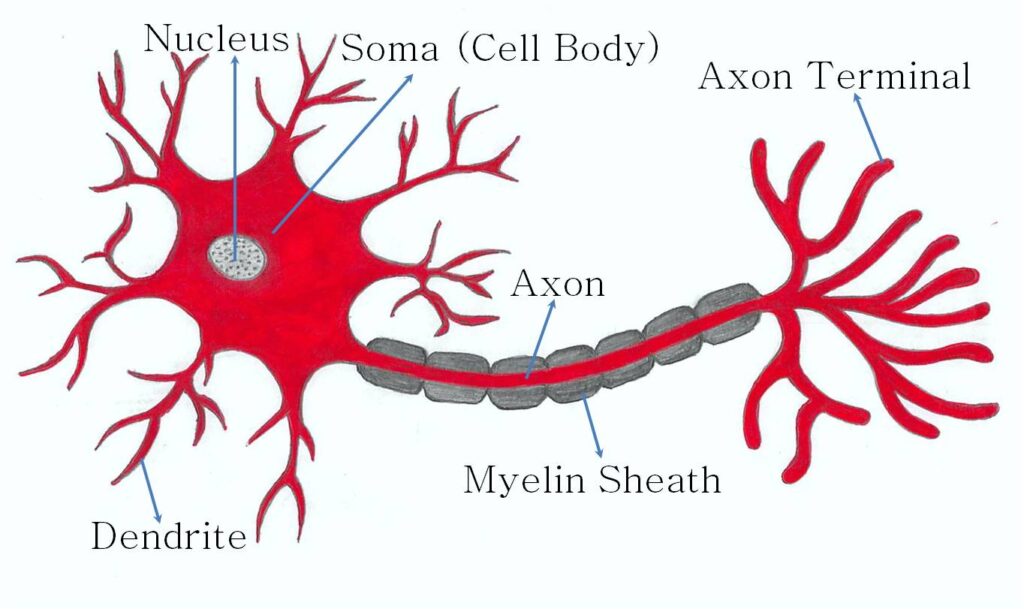Mrs Christine Crump is Director of Students at Kennedy Baptist College. She brings both human care and the rigour of research to her role, including a fascination in how the human brain learns and develops. These notes form part of a presentation that she gave at the international Adolescent Success Conference in Brisbane on 1-2 September. Mrs Crump wishes to extend her appreciation to the College for being able to attend and present.
The Psalmist writes that we are ‘fearfully and wonderfully made’ (Psalm 139:14) and we are continuing to learn the wonders and complexities of the human body, using them to provide better pedagogical practice. One of the newer areas of research affecting the way we view how humans learn is ‘educational neuroscience’. Educational neuroscience explores current understanding about how the brain works and the implications for learning, especially in the classroom. These findings are relevant for everyone – educators, adults, students, and parents – since we are continually learning.
A traditional view of the brain is that it is singular. A contemporary view is that there are many brains and that it is a rich and complex organism. A traditionalist would argue that the brain has a controller while contemporary theories understand that the brain has a coder that drives our perceptions. For instance, what colour is the sky? For Australians we would say blue; the Himba people of Namibia would say it is white. As an extension of this thought, the brain does not control us and we instead ‘shape’ our brain.
Our brains are highly flexible and always changing – the official word is neuroplasticity. The brain is comprised of billions of neurons that send messages and practice strengthens the connections between these neurons, leading to physical changes in the brain. How might we then shape our brain to improve learning?

Let’s zero in on a cell. The myelin sheath has a special role to play in learning. Myelin is a fatty substance which surrounds axons acting as an insulator and allowing faster transmission of electrical signals. Dendrites meanwhile develop new spines as we learn and can even show signs of growth within 15 mins of learning! The more dendrites a brain cell has, the more one is learning (i.e. intelligence will grow as it is exercised). This is the neurological reason why practice, rehearsal, recall, and retrieval are key to developing strong memories.
One key implication of educational neuroscience is that studying and revision matters inside and outside of the classroom for it helps to solidify learning and memory. Memory comprises three aspects – encoding, storage and retrieval. Retrieval in turn has the three components of review, recognition, and recall. Recall is key to building deep memories and strengthens memories by pulling them out of the brain. This is why teaching others what you have learnt, revising with practice questions, and creating flashcards are stronger study techniques than passive learning techniques such as reading over or highlighting your notes.
Thus, some key take aways from today:
- Everyone is capable of learning.
- Everyone can improve.
- Recall and retrieval matter.
- Recall and retrieval involve active learning, pulling memories from the brain rather than passive learning.
We are growing in our understanding of neuroscience; understanding the way God made our brains to work. When we apply this understanding, we can reduce our stress about learning, and use time and techniques more effectively to build memories.
Mrs Christine Crump
Director of Students



